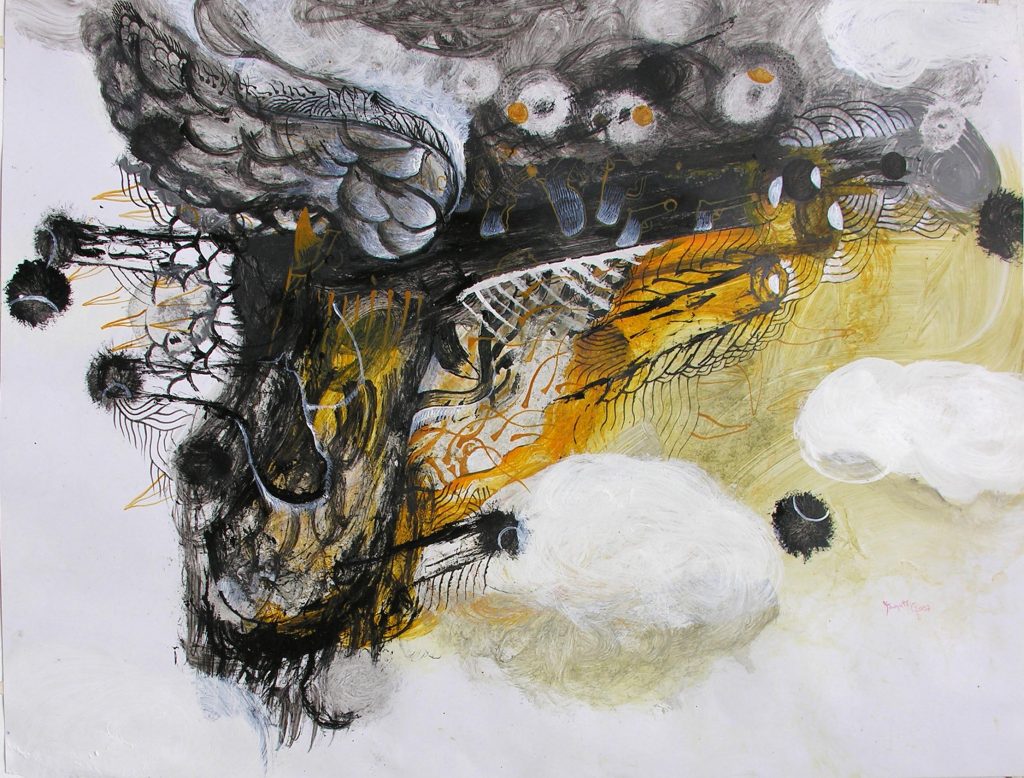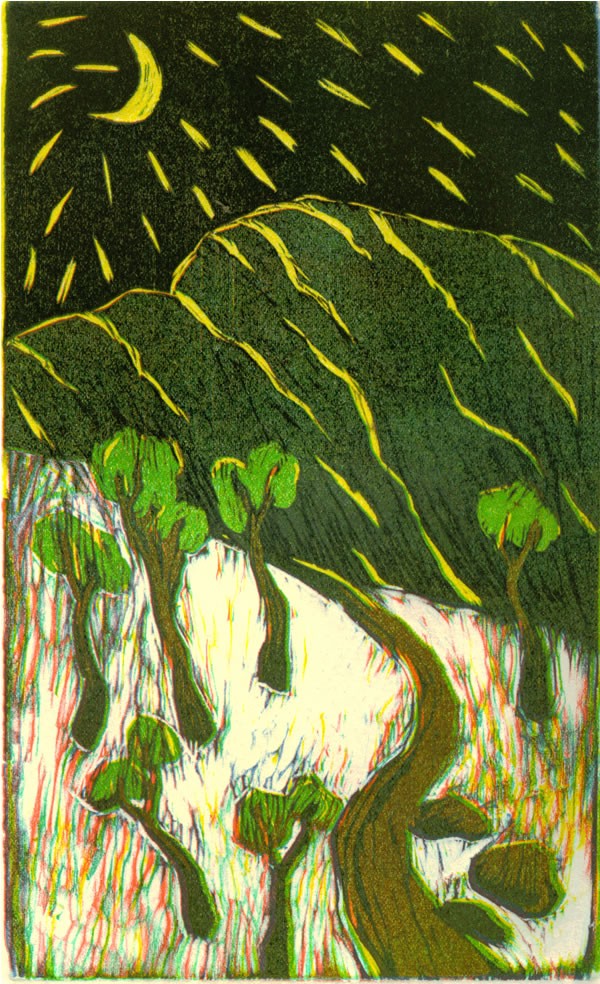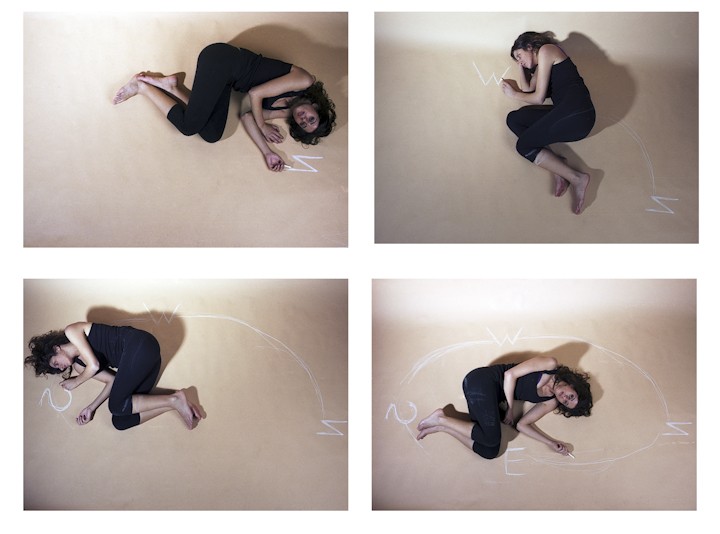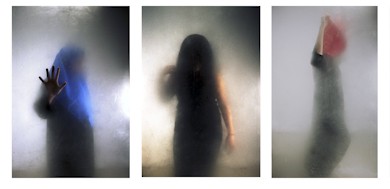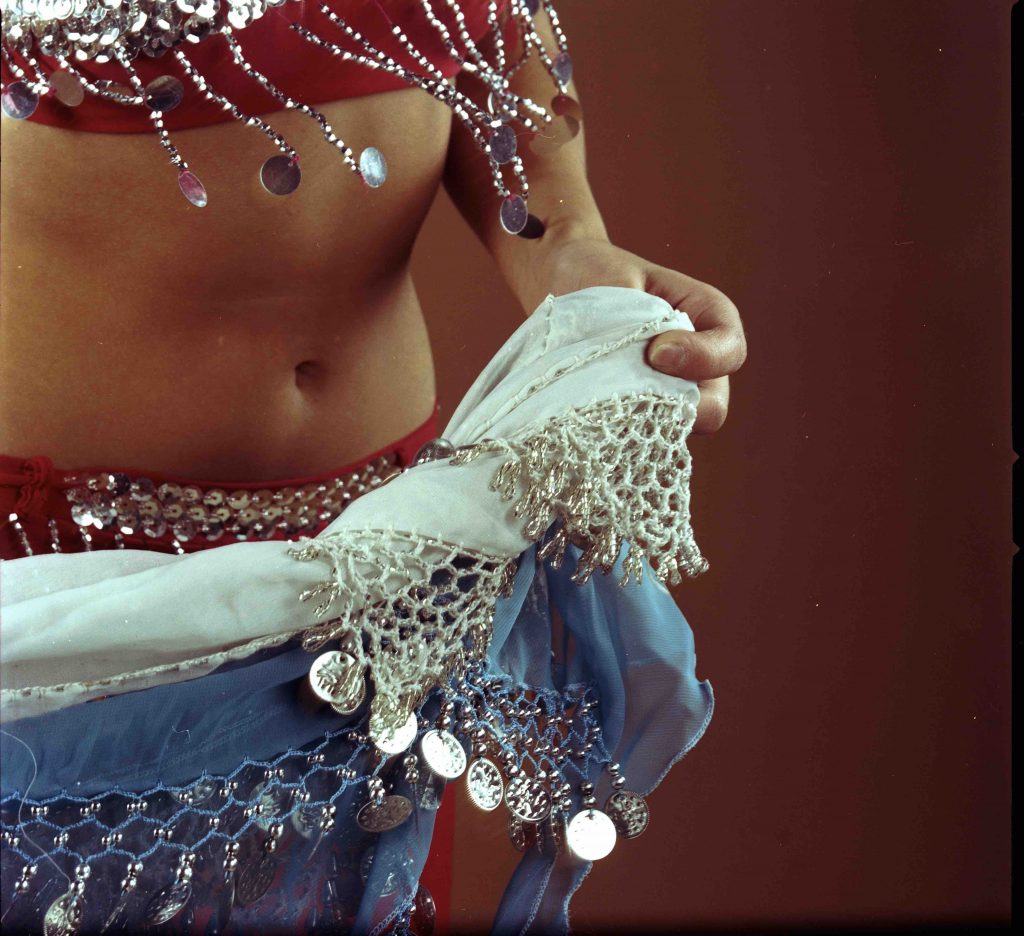Elegiac Landscape



ELEGIAC LANDSCAPE
It all begins with an emotion, one that a person may experience when faced with a battlefield.
We stopped at these rural landscapes, whose character is pastoral, even peaceful. Landscapes akin to outsiders in the tragic territories of South Lebanon. However, we learned that these stretches of land had also seen the fighting. They were battlefields in their own right.
Admittedly, they do not present any traces of the events which took place there, no indication of the fighting. Yet now that we know that they were battlegrounds, our perception of them is no longer the same. Their appearance has been altered[1]. They are now, simultaneously, both pastoral land and battlefield.
These landscapes have definitively contracted the tragic events which took place here. They are dramatic. The act of beholding them commits us concretely to the site of South Lebanon.
But how do we show that the look of these landscapes has changed for us? How to capture the emotion felt in front of these battlefields? To these ends, we offer the following works as dramaturgical renditions of scenes from South Lebanon.
1 – The 3 photographs in Paysage élégiaque, Sud Liban, Région de Marjailloun, Sud Liban, mai 2001 / (Elegiac Landscape, South Lebanon, Marjayoun Region, South Lebanon, May 2001) deliberately obey pictorialist conventions: the subject is a welcoming, cultivated valley, where cypress trees stand on a horizon of hills with gentle slopes. These photographs do not reveal the slightest indication of fighting. They superimpose two norms of interpretation: one which associates the territories with the battles that took place, and another which perceives them as bathed in gentle nostalgia. Hence the reference to the poetic form of the elegy.
These 3 photographs were published in:
-Paola Yacoub Michel Lasserre, Elegiac Landscape, South Lebanon, Region of Marjailloun, South Lebanon, May 2000; Beirut is a magnificent city, synoptic tables / Beirut ist eine wunderbare Stadt: Synoptische Bilder, Fundació Antoni Tàpies, Barcelona, Spain, 2003, curator: Catherine David. p.32.
– Isabelle De Le Court, Post-traumatic Art in the City, between war and cultural memory in Sarajevo and Beirut, Bloomsbury visual Arts, 2020. p 127-158
These 3 photographs were exhibited at:
– Paola Yacoub, Elegiac Landscapes, 2001; Moving Worlds, Podbielski Contemporary, Berlin, Germany (29.01-16.03.2011).
– Paola Yacoub, Elegiac Landscapes, 2001; My sister who travels, The Mosaic Rooms, London, United Kingdom (18.07-30.08.2014).
2 – With Al Manazer (Les aspects) / Al Manazer (The Aspects) we have proposed a dramaturgy of variations in the aspects of these landscapes. The voices of the medics of the NGO Amel which intervened throughout the civil war in southern Lebanon come into play. They describe the territories they traveled in rescuing the wounded.
2.1 – A first version of Al Manazer (The Aspects) was created and produced by Ayloul Festival:
– Paola Yacoub Michel Lasserre, Al Manazer (The Aspects), version 1, 2001; Faces of Truth, Ayloul Festival, 5th edition, Beirut, Lebanon (09.09-13.09.2001), curators: Pascale Feghali and Elias Khoury.
2.2 – A second version of Al Manazer (The Aspects) was produced and exhibited by the Fundació Antoni Tàpies as part of Contemporary Arab Representations, curator: Catherine David.
This second version was exhibited at:
– Paola Yacoub Michel Lasserre, Al Manazer (The Aspects), version 2, 2002; Contemporary Arab representations, Fundació Antoni Tàpies, Barcelona, Spain, (03.05-14.07.2002).
– Paola Yacoub Michel Lasserre, Al Manazer (The Aspects), version 2, 2002; Contemporary Arab representations, Witte de White Center for Contemporary Art, Rotterdam, Netherlands, (15.09-24.11.2002).
– Paola Yacoub Michel Lasserre, Al Manazer (The Aspects), version 2, 2002; Contemporary Arab representations, Bildmuseet, Umea, Sweden, (09.02- 21.04.2003).
[1] Ludwig Wittgenstein has outlined the grammar of “aspect seeing.” Ludwig Wittgenstein, Philosophical Investigations: The German Text, with a Revised English Translation, Blackwell, 1953, p.p. vii.
[2] Évrard Delbey, Théorie de l’élégie latine et pratiques élégiaques, Babel, 7, 2003, paragraphe 9.
[3] By destabilizing our view of these landscapes, aspect seeing can be conducive to the emergence of a certain skepticism. We have explored this skeptical disposition in Beyrouth est une ville magnifique, tableaux synoptiques / (Beirut is a magnificent city, synoptic tables) even when it means subsequently calling into question the deleterious political ends to which it has been put to use in Lebanon.
Description
In this triptych, Paola Yacoub and Michel Lasserre present three landscape photographs that on their surface seem to abide by aesthetic and formal conventions. The texts accompanying the photographs elucidate the fact that the territories depicted are former battlefields located in south Lebanon. The artists call on the viewer to examine any dissonance triggered by the incommensurability of the conveyed pastoral solitude with the gruesome historical acts that have taken place. This simultaneity is an example of Wittgenstein’s “aspect seeing,” referenced by Yacoub and Lasserre in their attempts at unsettling the hegemonic perceptual constructions enacted by national development paradigms in post-war Lebanon, across the urban-rural divide. The photographs’ title is an avowal of the Latin poetic and dramaturgic form of the elegy, which includes the melancholic tenderness of the landscape within the battle that has swept across the territory. The concept of the elegiac landscape subsequently became a common framework for Yacoub and Lasserre to reflect on the process of reading photographs and places, carried across their work in different exhibitions and iterations.

